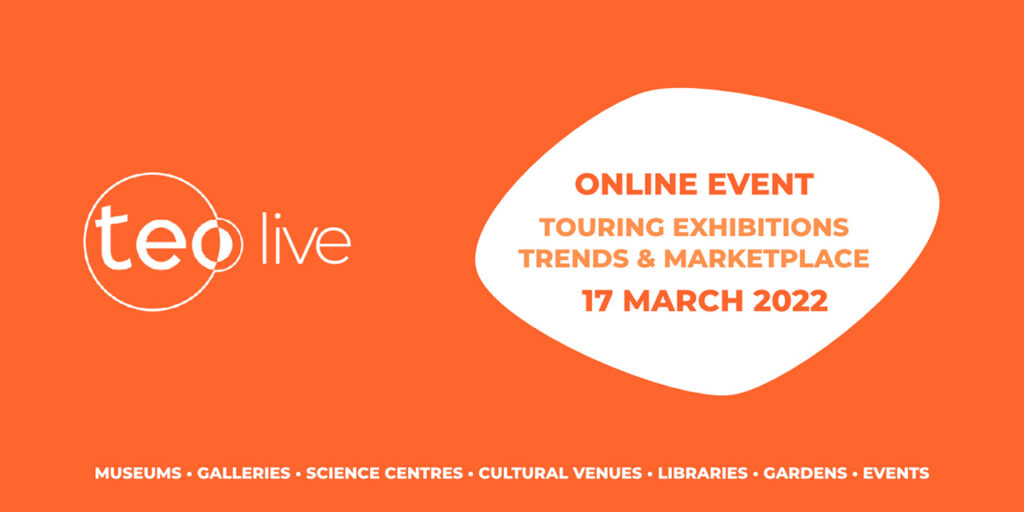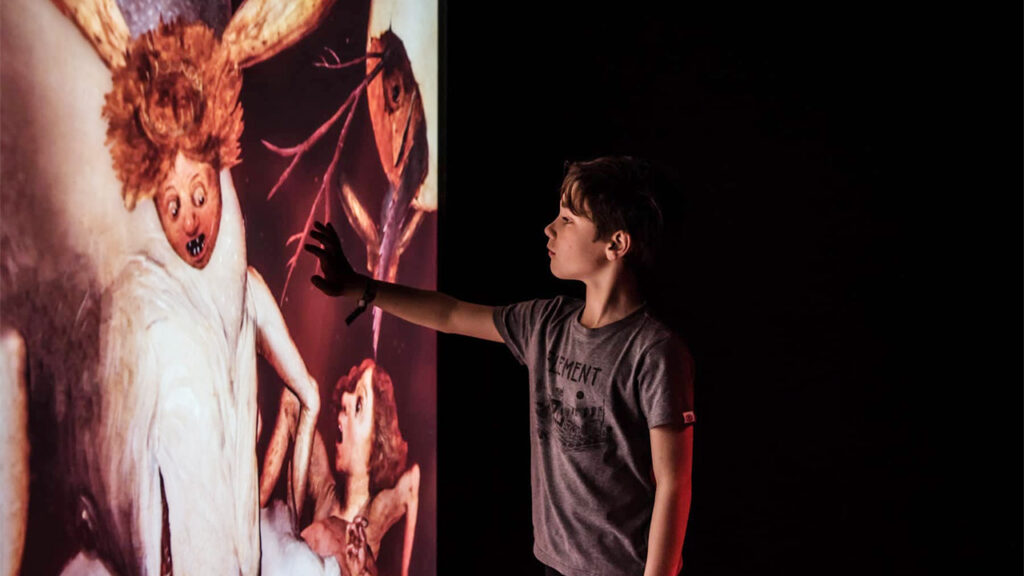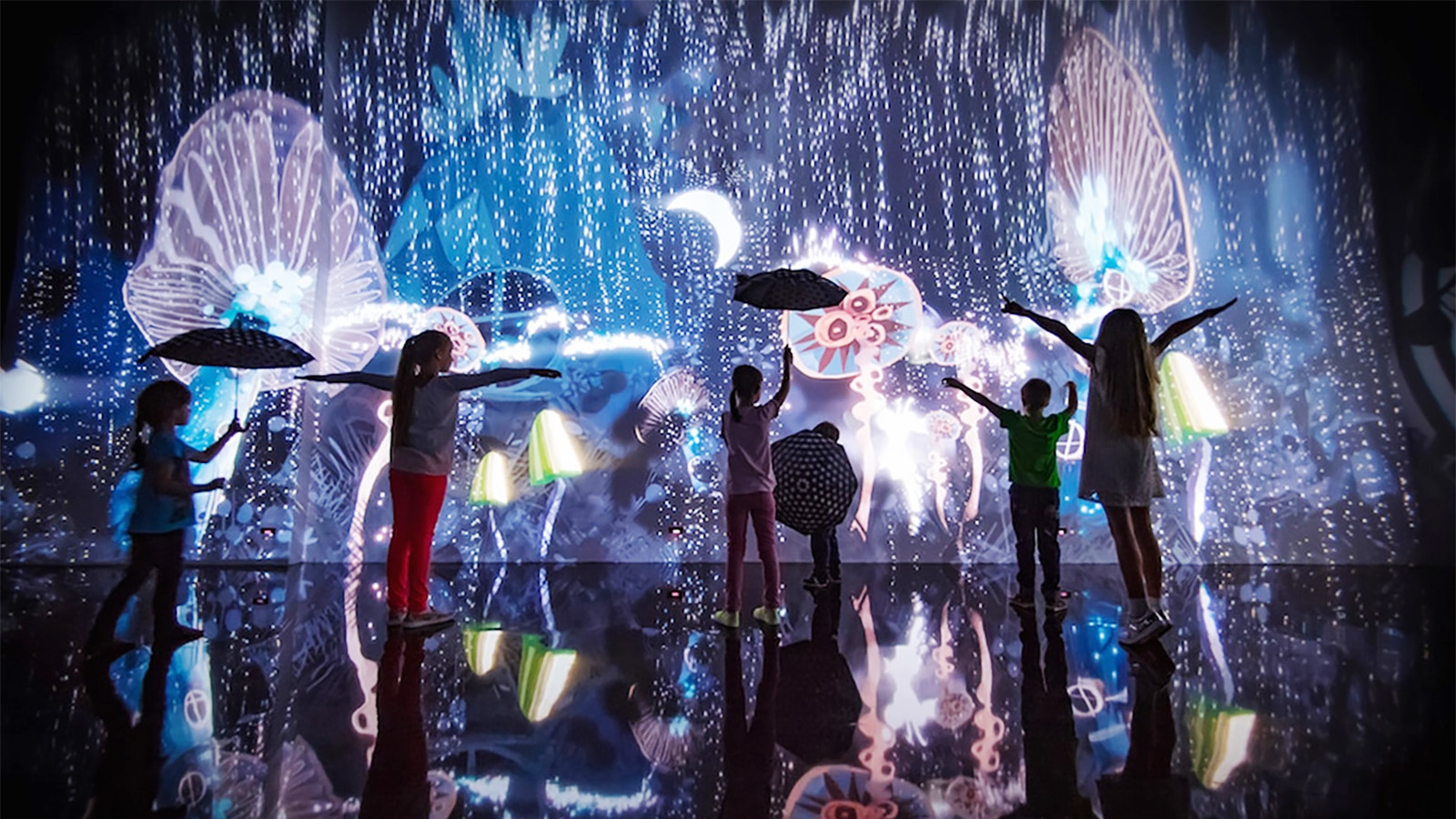Despite two years of lockdowns and travel disruptions, the touring exhibition sector has proven surprisingly resilient. The previous year alone has seen traveling shows from the British Museum’s Troy: Beauty and Heroism to Machu Picchu and the Golden Empires of Peru, with immersive events continuing to make their way across continents. Staging these exhibitions amid a pandemic may have presented obstacles, but also, opportunities, notes Manon Delaury, Co-Founder and CEO of Teo, for organizations to “rethink their positioning and their development strategies.”
That reassessment is bound to fuel the conversation at the upcoming Teo Live 2022, the touring exhibitions platform’s signature event designed to support and grow the global touring community. Taking place on March 17, the event will feature two segments: a keynote on sustainable development, delivered by Loïc Fel, Co-Founder of the influence for good agency, and Fabienne Voisin, Director of the National Orchestra of Ile-de-France; and a marketplace presentation featuring 20+ exhibitors who participants can network with in dedicated virtual rooms.

Presented by Teo, the second edition of Teo Live will feature presentations from 20 exhibitors, as well as a keynote on sustainable development. Image: Teo
For Teo Live attendees, Delaury says, “It’s a moment to catch up on key trends in the industry, which productions are available, and which exhibitions are being proposed for international hire.” Leading up the event, she reflects on the trends and developments within the touring exhibitions space that are set to lead the way in 2022.
In your view, what’s been a key development in the touring exhibitions sector in 2021?
In terms of markets, there is diversification, with more types of producers in terms of size but also in nature. In the past few months, we’ve seen traditional cultural venues host traveling exhibitions, but also private stakeholders and nonprofit organizations who are coming to the market. There’s also been a diversification of projects. Traveling exhibitions have become a way to implement strategies, position an organization in an international ecosystem, generate revenue, and to create value for organizations.

“Now that people are used to immersion,” reflects Delaury, “it will be interesting to see how new productions are developed.” Image: Beyond Bruegel by CREATE.eu
Immersive exhibitions have really taken off too — how do you see their growth in the coming year?
We’ve seen a real development of immersion in touring exhibitions, which has been great. There is real diversity of input from multidisciplinary teams, tech people, creative teams, and curriculum teams coming together — that’s an amazing thing. Now that people are used to immersion, it will be interesting to see how new productions are developed, how existing ones are augmented this year, and how they blend with other types of experiences.
Could you speak to the keynote topic at Teo Live this year: “Sustainable Development in Touring Exhibitions”?
Sustainable development is now a requirement for the industry. Producers will look at sustainable developments, not only as a topic, but also how exhibitions are designed. As an industry, we will move towards this direction, but it’s going to take time [since] Omicron is having a complex impact on teams and making installations more complex.
How else has COVID reshaped industry practices and thinking?
We’ve seen the development of remote couriering. [Remote work] will never replace the importance of meeting in person, but [the industry] has managed to collaboration in a distance with digital tools. Organizations — like the Science Museum Group in London and the Natural History Museum in Paris, where most of the content is digitized and can be transposed to other venues — have also been developing blueprint packs, providing exhibitions at a distance without having to send anything physical. I think remote couriering will remain because it’s a good practice and great for the environment. People have been rethinking models, visitor experiences, interactivity, immersion, and that has created new traveling exhibitions which are really interesting.



